CHEMICAL IDENTIFICATION
-
RTECS NUMBER :
-
TY4900000
-
CHEMICAL NAME :
-
1,2-Propanediol, diacetate
-
CAS REGISTRY NUMBER :
-
623-84-7
-
BEILSTEIN REFERENCE NO. :
-
1768914
-
LAST UPDATED :
-
199701
-
DATA ITEMS CITED :
-
6
-
MOLECULAR FORMULA :
-
C7-H12-O4
-
MOLECULAR WEIGHT :
-
160.19
-
WISWESSER LINE NOTATION :
-
1OY1&1OV1
HEALTH HAZARD DATA
ACUTE TOXICITY DATA
-
TYPE OF TEST :
-
Standard Draize test
-
ROUTE OF EXPOSURE :
-
Administration onto the skin
-
SPECIES OBSERVED :
-
Human
-
REFERENCE :
-
85DKA8 "Cutaneous Toxicity, Proceedings of the 3rd Conference, 1976," Drill, V.A., and P. Lazar, eds., New York, Academic Press, Inc. 1977 Volume(issue)/page/year: -,127,1977
-
TYPE OF TEST :
-
Standard Draize test
-
ROUTE OF EXPOSURE :
-
Administration into the eye
-
SPECIES OBSERVED :
-
Rodent - rabbit
-
REFERENCE :
-
AJOPAA American Journal of Ophthalmology. (Ophthalmic Pub. Co., 435 N. Michigan Ave., Suite 1415, Chicago, IL 60611) Series 3: V.1- 1918- Volume(issue)/page/year: 29,1363,1946 ** ACUTE TOXICITY DATA **
-
TYPE OF TEST :
-
LD50 - Lethal dose, 50 percent kill
-
ROUTE OF EXPOSURE :
-
Oral
-
SPECIES OBSERVED :
-
Rodent - rat
-
DOSE/DURATION :
-
13530 mg/kg
-
TOXIC EFFECTS :
-
Details of toxic effects not reported other than lethal dose value
-
REFERENCE :
-
JIHTAB Journal of Industrial Hygiene and Toxicology. (Cambridge, MA) V.18-31, 1936-49. For publisher information, see AEHLAU. Volume(issue)/page/year: 23,259,1941
-
TYPE OF TEST :
-
LD50 - Lethal dose, 50 percent kill
-
ROUTE OF EXPOSURE :
-
Oral
-
SPECIES OBSERVED :
-
Rodent - guinea pig
-
DOSE/DURATION :
-
3420 mg/kg
-
TOXIC EFFECTS :
-
Behavioral - general anesthetic Gastrointestinal - other changes Kidney, Ureter, Bladder - other changes
-
REFERENCE :
-
JIHTAB Journal of Industrial Hygiene and Toxicology. (Cambridge, MA) V.18-31, 1936-49. For publisher information, see AEHLAU. Volume(issue)/page/year: 23,259,1941 *** NIOSH STANDARDS DEVELOPMENT AND SURVEILLANCE DATA *** NIOSH OCCUPATIONAL EXPOSURE SURVEY DATA : NOHS - National Occupational Hazard Survey (1974) NOHS Hazard Code - M2739 No. of Facilities: 112 (estimated) No. of Industries: 1 No. of Occupations: 4 No. of Employees: 2016 (estimated)
|
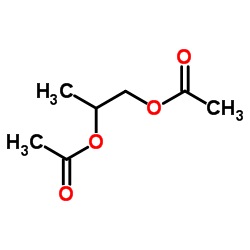
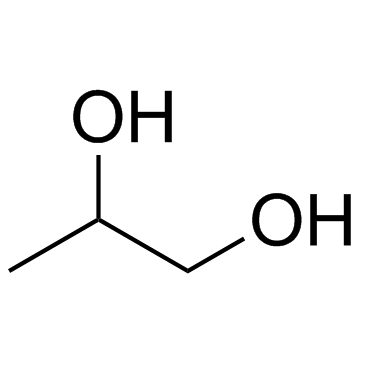 CAS#:57-55-6
CAS#:57-55-6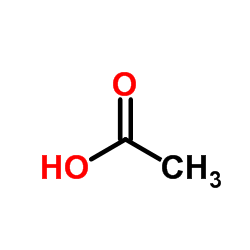 CAS#:64-19-7
CAS#:64-19-7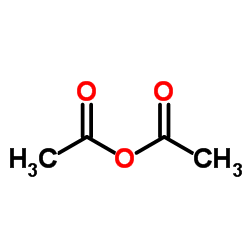 CAS#:108-24-7
CAS#:108-24-7 CAS#:75-36-5
CAS#:75-36-5 CAS#:141-78-6
CAS#:141-78-6 CAS#:75-56-9
CAS#:75-56-9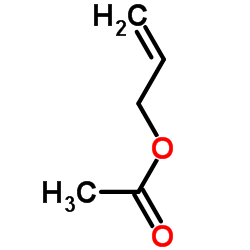 CAS#:591-87-7
CAS#:591-87-7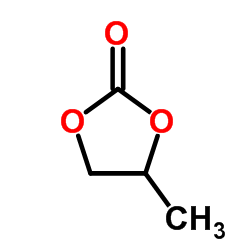 CAS#:108-32-7
CAS#:108-32-7 CAS#:463-51-4
CAS#:463-51-4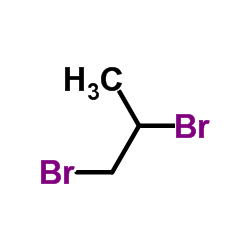 CAS#:78-75-1
CAS#:78-75-1 CAS#:79-21-0
CAS#:79-21-0 CAS#:123-38-6
CAS#:123-38-6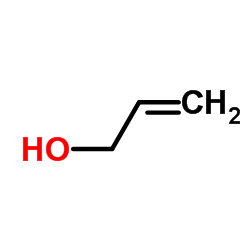 CAS#:107-18-6
CAS#:107-18-6 CAS#:3249-50-1
CAS#:3249-50-1 CAS#:107-02-8
CAS#:107-02-8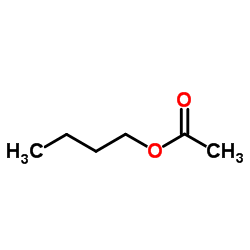 CAS#:123-86-4
CAS#:123-86-4 CAS#:627-68-9
CAS#:627-68-9
